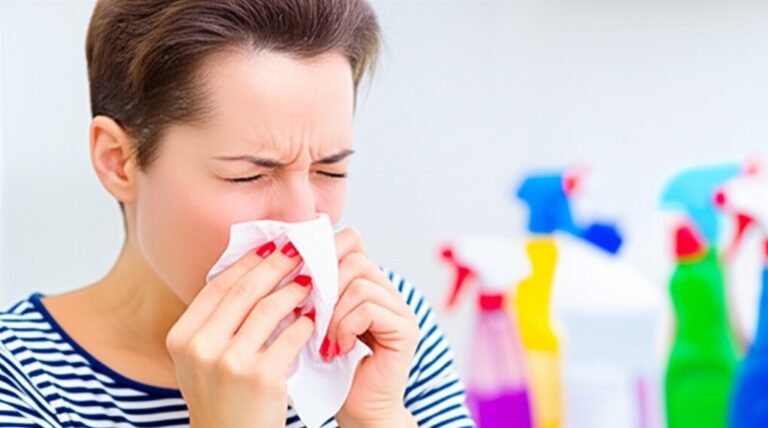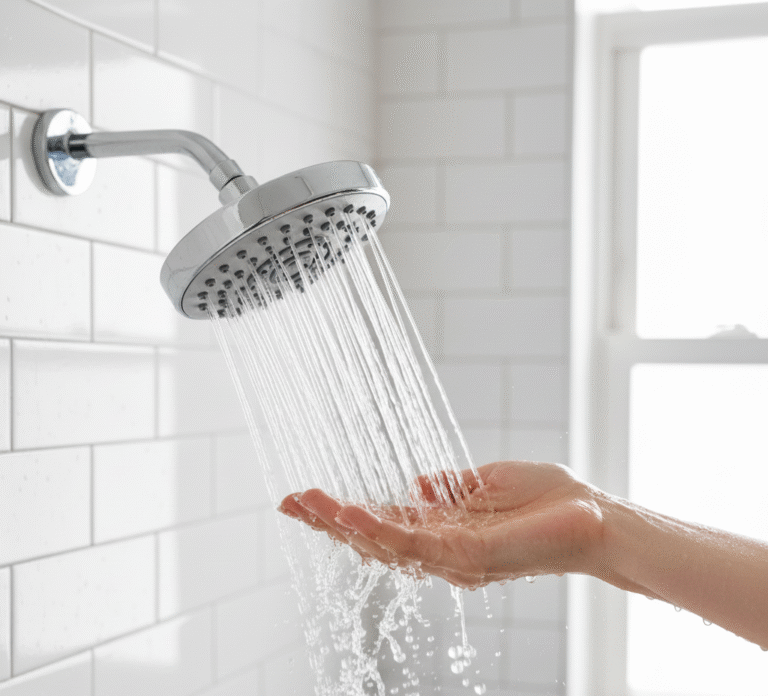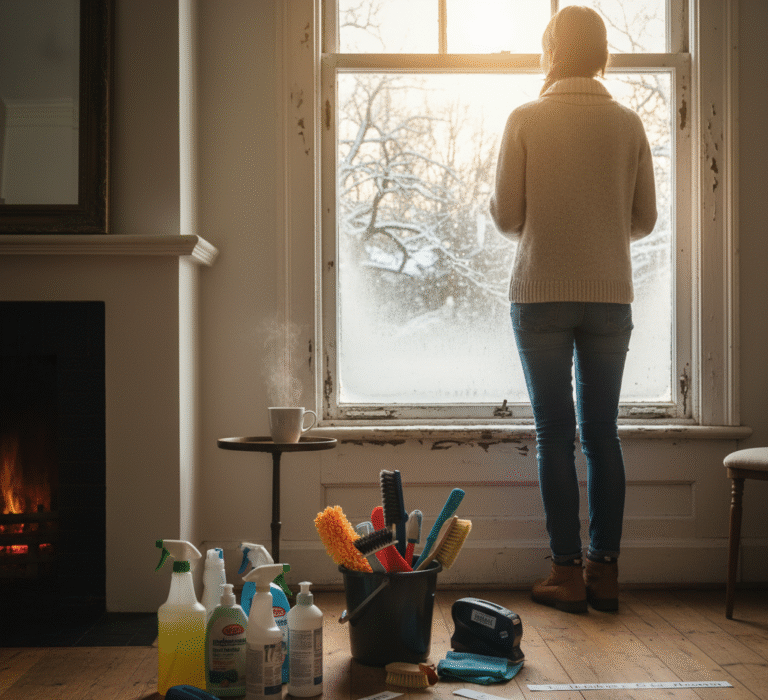Does allergy make it difficult to clean the house? Many conventional cleaning products are formulated with chemicals that can trigger allergic reactions, leading to discomfort, respiratory distress, skin problems, and other health issues. A thorough understanding of these potential triggers, combined with informed choices about safer cleaning methods and alternatives, is essential to creating a clean living environment that promotes well-being rather than harms it.
1.Fragance Free
The root of adverse reactions to cleaning products often lies in their complex chemical composition. Fragrances, whether synthetically produced or derived from natural essential oils, are the main culprits. Designed to impart a pleasant scent or mask chemical odors, these fragrances release volatile organic compounds (VOCs) into the air. VOCs are a broad category of chemicals that evaporate easily at room temperature, and many of the common compounds found in cleaning agents, such as limonene (a citrus scent), pinene (a pine scent), and various aldehydes, can act as potential respiratory irritants. They can trigger asthma attacks, aggravate existing respiratory conditions, cause headaches, induce nausea, and lead to contact dermatitis or other skin reactions. It is important to note that even products marketed as “unscented” may contain masking fragrances to neutralize the inherent scent of other ingredients; these can be just as problematic as perfumes with overt fragrances. Looking for products explicitly labeled “fragrance-free” is a more reliable approach for sensitive or allergy-prone individuals.
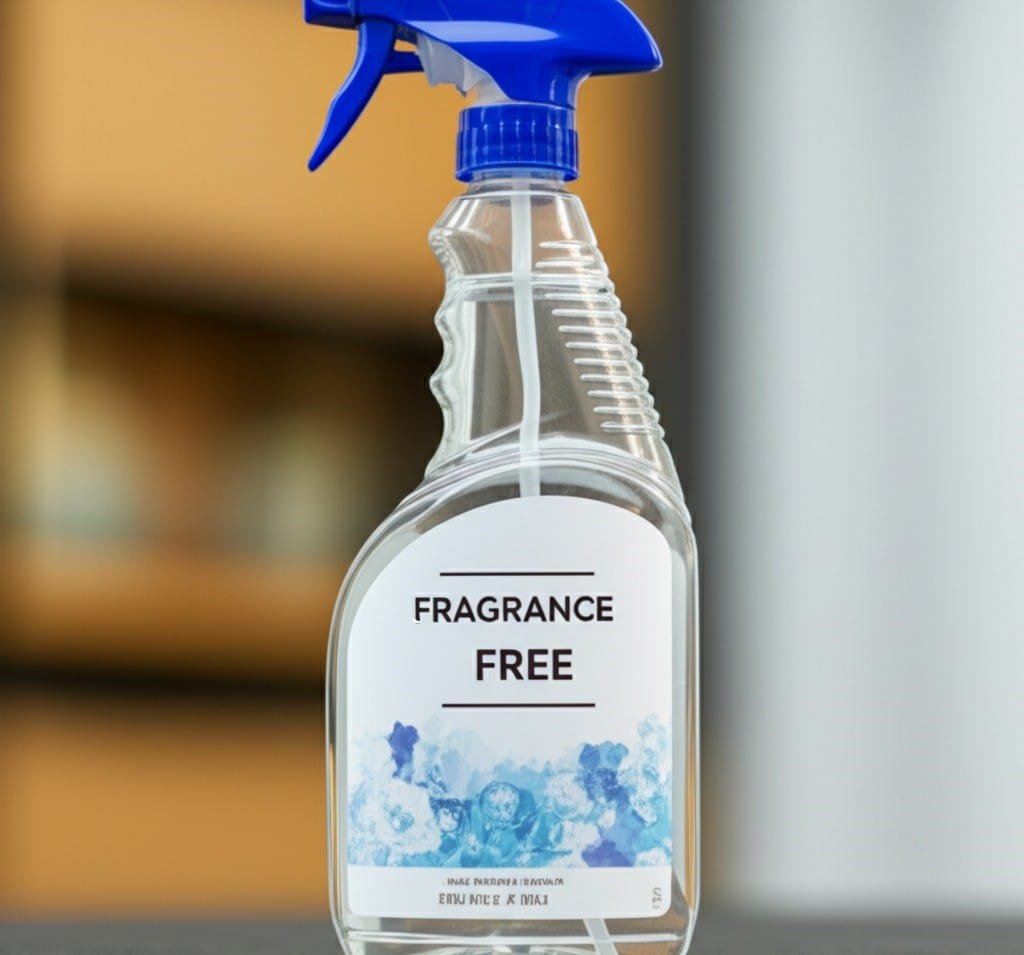
Beyond fragrances, a host of other ingredients in common cleaning supplies are known to cause issues. Preservatives like methylisothiazolinone (MI) and methylchloroisothiazolinone (MCI) are notorious contact allergens, frequently implicated in allergic contact dermatitis, which can manifest as itchy, red, and blistering skin, even from rinse-off products like dish soap or laundry detergents. Dyes, added primarily for aesthetic appeal and brand recognition, offer no cleaning efficacy and can be another source of skin irritation or allergic sensitization. Harsh chemicals such as ammonia and chlorine bleach, while powerful disinfectants, release strong, acrid fumes. These fumes can severely irritate the mucous membranes of the eyes, nose, throat, and lungs. For individuals with pre-existing respiratory conditions like asthma, chronic bronchitis, or COPD, exposure can lead to acute exacerbations. Furthermore, mixing products containing bleach with those containing ammonia or acids (like vinegar) can produce highly toxic chloramine or chlorine gas, posing serious health risks. Surfactants, the workhorse ingredients that enable products to lift dirt, oil, and grease, can also strip the skin of its natural protective oils, leading to dryness, cracking, and irritation, particularly with frequent exposure. Some individuals may also develop allergic reactions to specific surfactant molecules.
2.Allergy
The symptoms triggered by cleaning products can vary significantly in type and severity from person to person. Respiratory symptoms are common and may include coughing, wheezing, shortness of breath, chest tightness, or a persistently runny or stuffy nose. Skin contact can lead to immediate redness, itching, and hives, or delayed reactions such as eczematous rashes characterized by dryness, scaling, and blistering. Eye irritation, manifesting as redness, watering, and a burning sensation, is also frequent. Systemic symptoms like headaches, migraines, dizziness, and fatigue can occur, particularly with prolonged exposure or in poorly ventilated spaces. Pinpointing the exact ingredient responsible for a reaction can be difficult due to the complexity of product formulations, the potential for delayed reactions, and the fact that manufacturers are not always mandated to disclose every single component, especially fragrance constituents which are often protected as “trade secrets.”
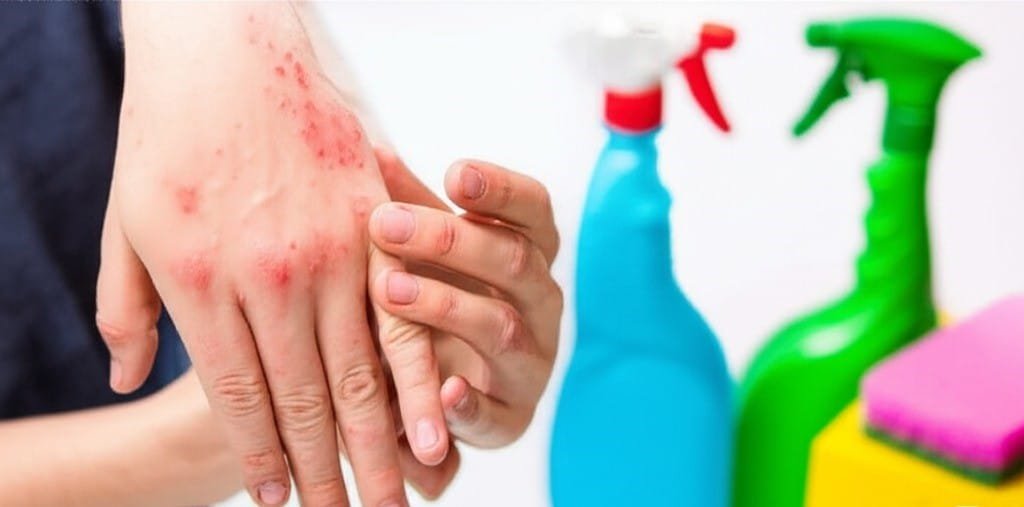
Developing the habit of carefully reading ingredient labels is essential to managing allergies related to cleaning products. While complete transparency is not always guaranteed, consumers should actively look for mentions of common irritants such as “fragrance,” “parfum,” specific dyes (often listed as CI numbers), or chemical names known to cause sensitivities such as MI/MCI, formaldehyde-releasing preservatives (e.g., DMDM hydantoin, quaternium-15), or harsh solvents. In general, products with shorter, simpler ingredient lists consisting of more recognizable substances may pose a lower allergy risk.
When selecting cleaning products, choosing those specifically formulated and marketed for sensitive individuals can be advantageous. Look for clear labeling such as “hypoallergenic,” “fragrance-free,” “dye-free,” or “for sensitive skin.” It is important to understand, however, that the term “hypoallergenic” is not strictly regulated by agencies like the FDA or EPA. It generally implies that the manufacturer has omitted common allergens or formulated the product to minimize allergenic potential, but it does not constitute a guarantee that no reaction will occur.
Third-party certifications from reputable organizations can offer a more reliable guide. The U.S. Environmental Protection Agency’s (EPA) “Safer Choice” label, for instance, signifies that the product’s chemical ingredients have been reviewed against stringent human health and environmental criteria. Products bearing this label contain safer ingredients without compromising performance. Similarly, the “Asthma and Allergy Friendly” certification, often administered by national asthma and allergy foundations, indicates that a product has undergone independent testing and met standards proving it is less likely to trigger asthma or allergic reactions. These certifications provide an added measure of confidence for consumers navigating product choices.
3.Green Washing
Caution is also advised regarding “greenwashing,” where products are marketed with terms like “natural,” “eco-friendly,” “botanical,” or “plant-based” without necessarily being safer for allergy sufferers. Many natural ingredients, including common essential oils like tea tree, lavender, eucalyptus, and citrus oils (limonene, linalool), are known allergens and can also release VOCs. The term “natural” does not equate to “non-allergenic.” Always scrutinize the full ingredient list, even for products that appear environmentally benign.
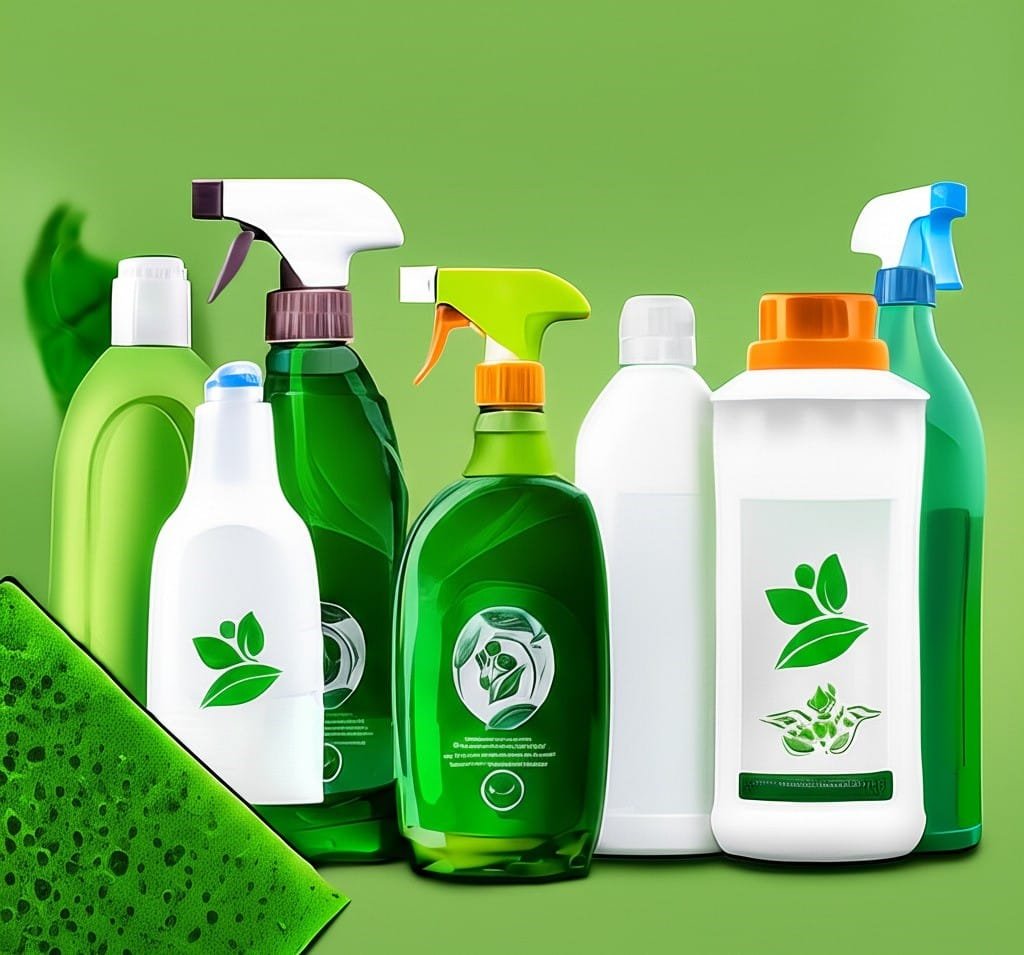
In addition to carefully selecting commercial products, modifying cleaning practices can substantially reduce allergy exposure. Adequate ventilation is essential. When cleaning, especially with products that have a detectable odor or chemical content, open windows wide and use exhaust fans (in bathrooms and kitchens) to promote air circulation. This helps dilute and remove irritants, volatile organic compounds (VOCs), and airborne particles, improving indoor air quality during and after cleaning tasks.
Employing the principle of “less is more” can also be beneficial. Often, more product is used than is necessary for effective cleaning. Adhering strictly to label instructions for dilution ratios and application amounts can significantly decrease the chemical load introduced into the home environment. Consolidating the number of cleaning products used, perhaps by relying on effective multi-purpose cleaners instead of numerous specialized ones, can also simplify the management of potential triggers and reduce the overall chemical cocktail in the home.
Physical cleaning methods often serve as excellent alternatives or adjuncts, minimizing the need for chemical intervention. Microfiber cloths are a prime example; their ultra-fine fibers possess a unique structure that effectively traps dust, dirt, allergens, and bacteria using only water, or a very small quantity of a mild cleaner. They can lift and hold particles from surfaces far more efficiently than traditional cotton cloths, reducing an_d_ smearing. Steam cleaners represent another powerful chemical-free option. These devices use superheated water vapor to sanitize and deep clean a wide array of surfaces, including hard floors, grout, upholstery, curtains, and even mattresses. The high temperature of the steam effectively kills bacteria, viruses, dust mites, and mold spores, and loosens embedded grime without leaving any chemical residue. This makes steam cleaning particularly suitable for allergy sufferers, though it is important to ensure adequate drying afterwards to prevent increased humidity from fostering mold growth, itself a significant allergen.
4.DIY
For individuals who prefer do-it-yourself (DIY) cleaning solutions, several common household items can be utilized, though with necessary precautions. White vinegar, diluted with water (typically a 1:1 ratio), is a popular choice for its disinfectant properties and its ability to cut through grease and dissolve mineral deposits on surfaces like glass, countertops, and fixtures. Baking soda (sodium bicarbonate) acts as a gentle, non-toxic abrasive, effective for scrubbing sinks, tubs, and ovens, and it also serves as a natural deodorizer. Lemon juice, with its natural acidity and pleasant scent (for those not sensitive to citrus), possesses some antibacterial and bleaching properties. However, these DIY options are not universally benign. The pungent odor of vinegar, while it dissipates, can be a respiratory irritant for some highly sensitive individuals. Lemon juice can cause skin irritation or phytophotodermatitis (a skin reaction when exposed to sunlight after contact). It is critically important never to mix certain DIY ingredients, most notably vinegar with chlorine bleach, as this chemical reaction produces highly toxic chlorine gas. Furthermore, while useful for general cleaning, DIY solutions may not possess the same efficacy as commercial disinfectants for eliminating specific pathogens, especially in situations requiring robust sanitization. Using distilled water for DIY mixtures can also prevent mineral residues from tap water being left on surfaces.
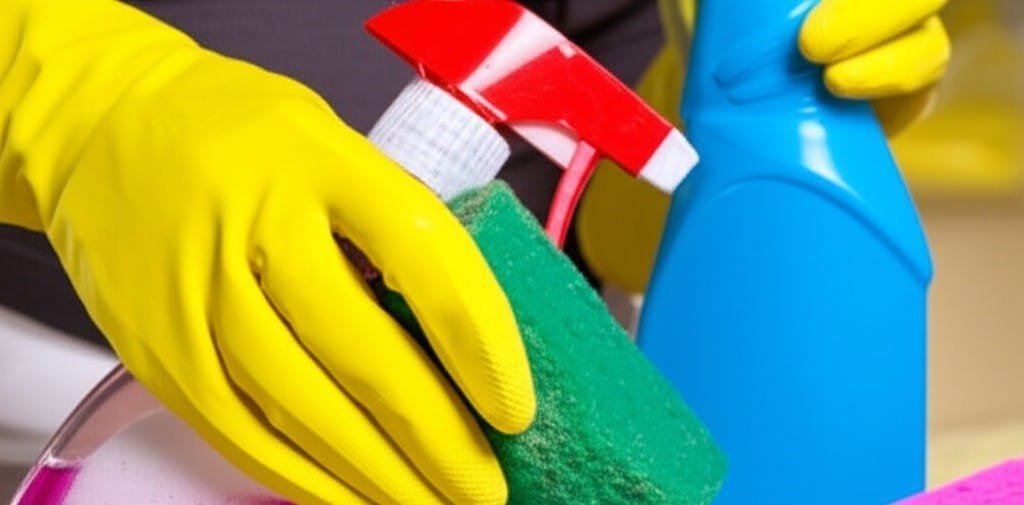
When introducing any new cleaning product into the home, whether a commercial formulation or a DIY concoction, prudence dictates spot-testing. Apply a small amount of the product to an inconspicuous area of the surface intended for cleaning to check for any adverse effects like discoloration or damage. For products that will inevitably come into contact with skin, such as dish soaps or laundry detergents, performing a patch test on a small area of skin (e.g., the inner forearm) and observing for any reaction over 24 to 48 hours can help identify potential skin sensitivities before more extensive use. If trying a new spray cleaner or air freshener, use it sparingly at first in a well-ventilated space to ascertain if it triggers any respiratory symptoms or headaches. Introducing new products one at a time also makes it easier to identify the source if a reaction does occur allergy.
Wearing appropriate protective equipment can provide an important physical barrier against exposure. Impervious gloves, preferably made of nitrile or neoprene if you have a latex allergy, should be worn when handling any cleaning solution to protect the skin from direct contact with chemicals and to prevent dryness or irritation. For individuals who are particularly sensitive to airborne irritants, volatile organic compounds (VOCs), or fine dust particles stirred up during cleaning, wearing a well-fitting mask, such as an N95 respirator, can significantly reduce inhalation exposure.
The cumulative effect of multiple chemical exposures in the home should also be considered. Even if individual products seem tolerable, the combination of VOCs and residues from multiple cleaning products, air fresheners, personal care products, and building materials can contribute to an overall chemical load that affects indoor air quality and can trigger allergy symptoms in individuals. Reducing the total number of chemicals used and prioritizing good ventilation can help mitigate this issue.
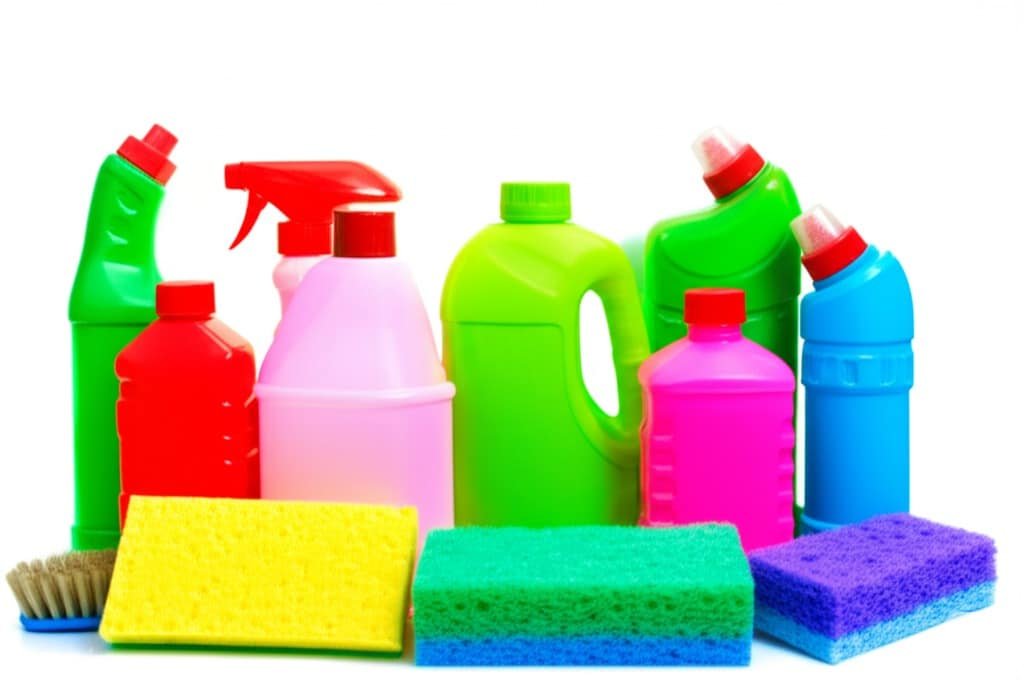
Ultimately, successfully managing allergies and sensitivities in relation to household cleaning products hinges on a multifaceted approach encompassing awareness, diligent product selection, and modified cleaning practices. By developing an understanding of potential triggers, learning to scrutinize labels effectively, opting for simpler formulations or certified products, and embracing cleaning methods that minimize chemical exposure, individuals can achieve and maintain a clean, healthy, and comfortable home environment without unduly exacerbating allergy symptoms. This journey often involves a degree of personal experimentation to discover the specific products and routines that best suit an individual’s unique sensitivities and needs.
A clean home is vital, but for allergy sufferers, the cleaning process itself can introduce numerous airborne and contact irritants. Key strategies involve understanding problematic ingredients like fragrances, dyes, and harsh chemicals (VOCs, ammonia, bleach), and consciously choosing gentler alternatives such as certified “Safer Choice” or “Asthma and Allergy Friendly” products, or those explicitly labeled fragrance-free and dye-free. For those in Toronto seeking professional cleaning services that are mindful of these specific allergies and sensitivity concerns, Toronto Shine Cleaning offers thorough and careful cleaning tailored to your household’s needs, helping you enjoy a spotless, comfortable, and more allergy-friendly living space.













